Something happened on the morning of our train to Suzhou, which led to us to reschedule it twice and eventually convert to a standing ticket for the 14:45 train. Now that I have piqued your curiosity, I’m not gonna say what happened, apart from, we had a skirmish with law enforcers. It was eventually resolved (as a result of which, I am still alive today), but our late start on the trip meant that we missed our booking to visit Suzhou Museum.
It was a real pity because Suzhou Museum is very popular amongst locals throughout the country, and the city itself is one of the top tourist attractions in China. Suzhou’s canals, gardens and pagodas have earned it its nickname of Venice of the East. They look nothing alike, but you get the idea (or not).
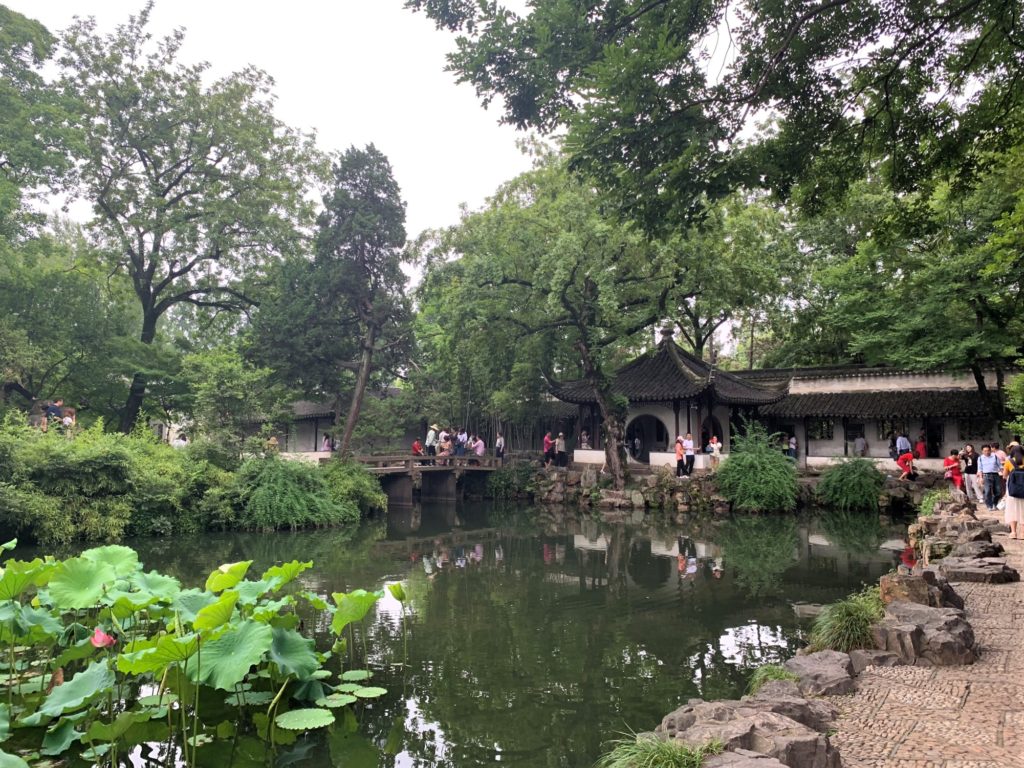
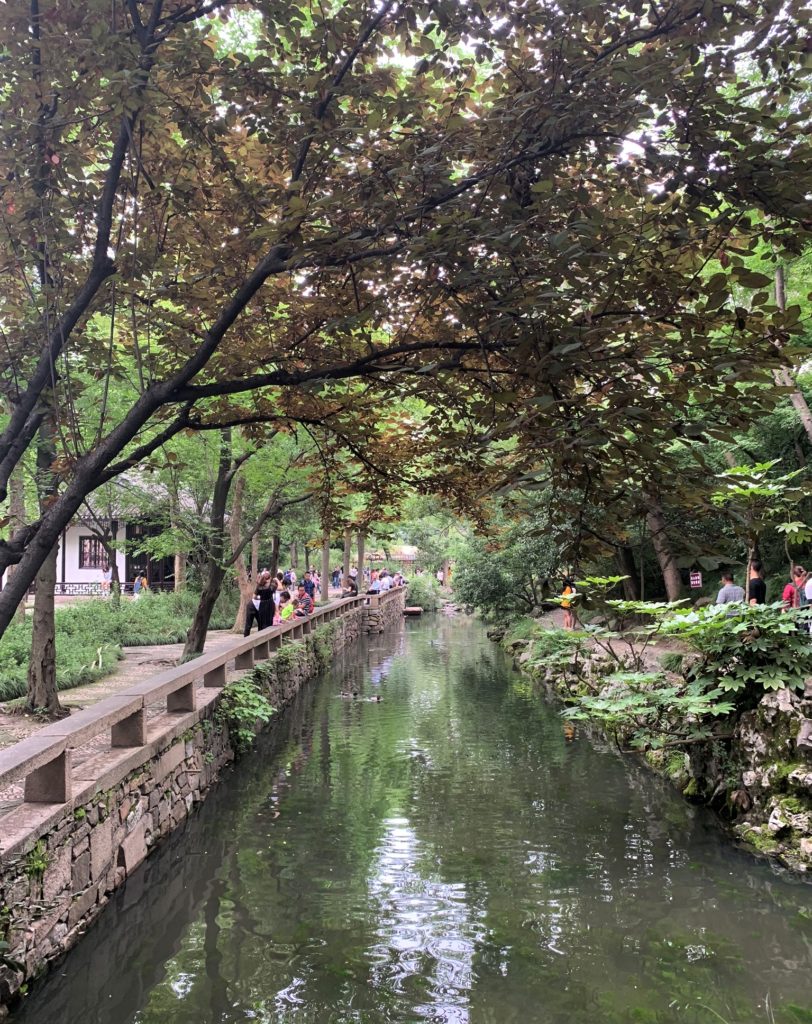
Beside Suzhou Museum is the Humble Administrator’s Garden (拙政园), which is a UNESCO World Heritage site. I’m gonna be honest, I read its history because I like to give you peeps some context of the place, but I can’t summarise this one without sounding pedantic. Basically, it is the largest old-style garden in Suzhou and a lot of tourists go there. Like, a lot.
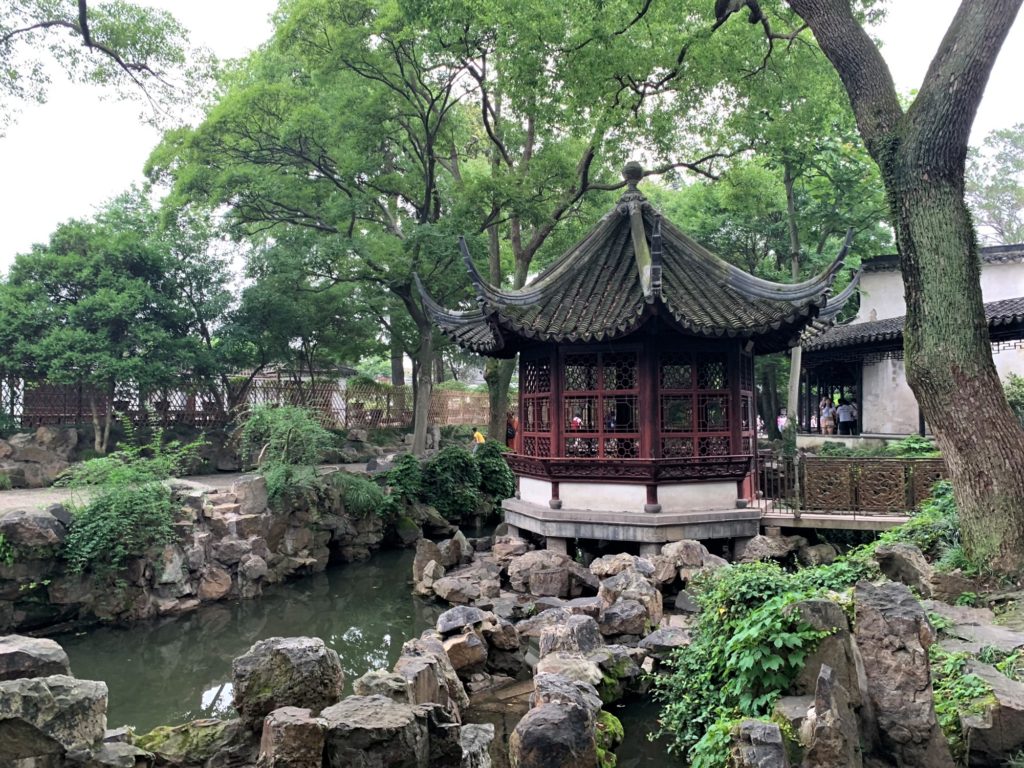
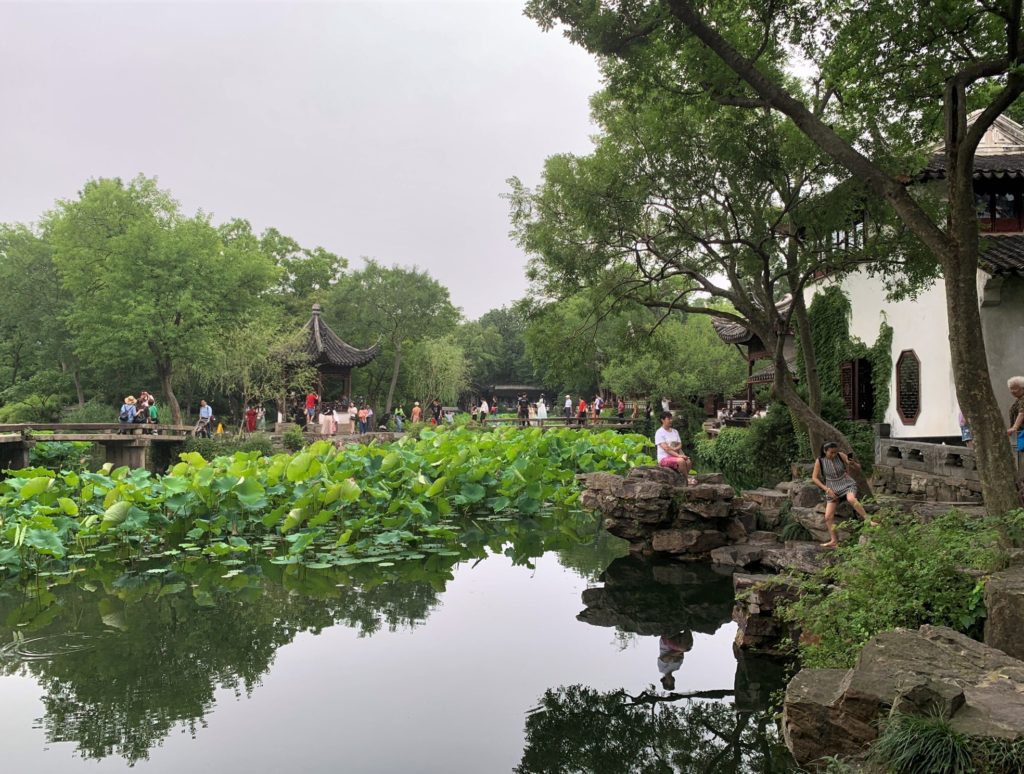
But hey, if it’s your first time seeing olden Chinese architecture, go crazy. However, I paid the full price of RMB70 for entry and I can’t remember why.
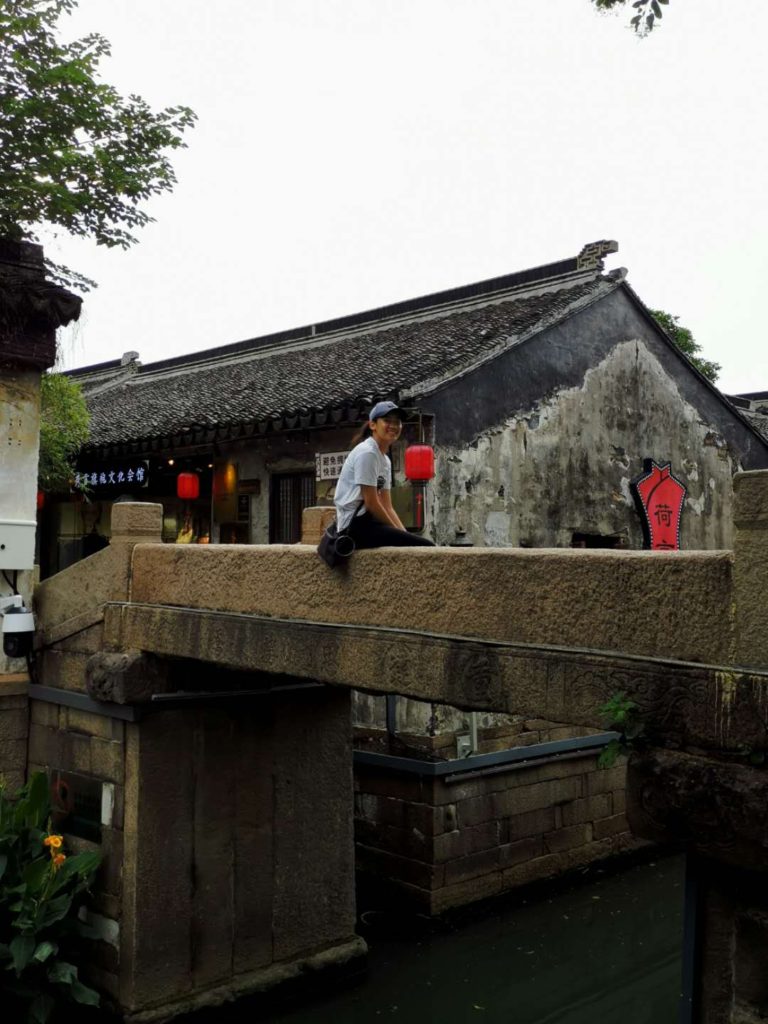
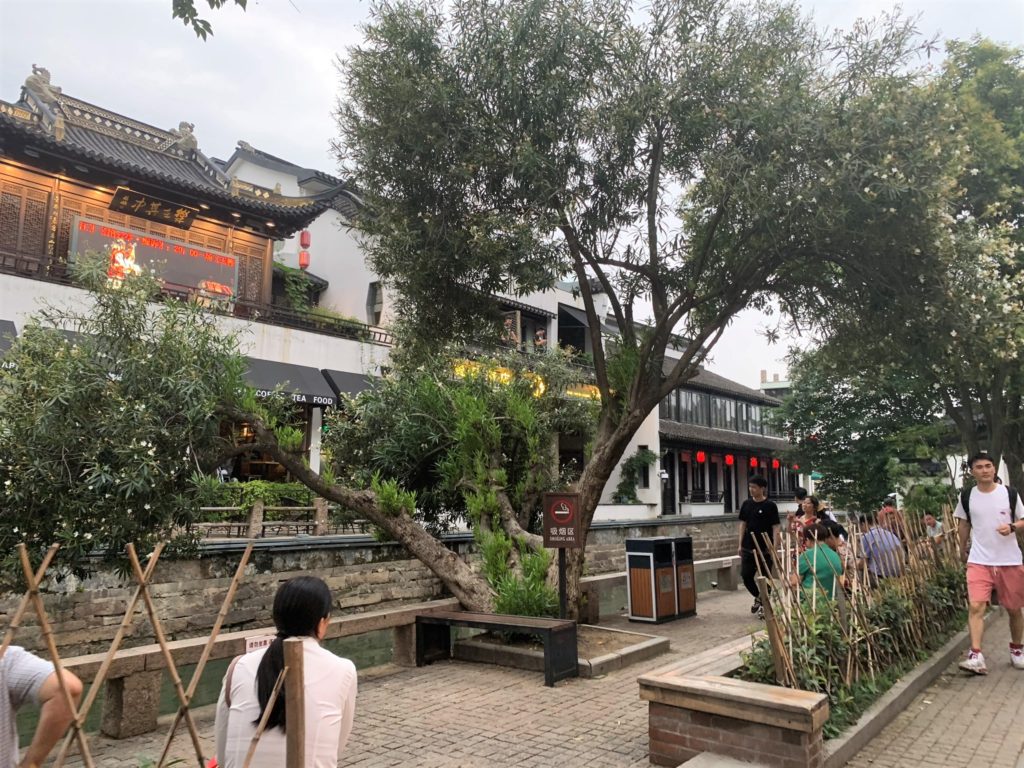
If you are in the mood to walk, the famous Pingjiang Road (平江路) is 2km straight ahead. Pingjiang road is a well-preserved area in the old town of Suzhou that now mostly sells bubble tea, food, and souvenirs.
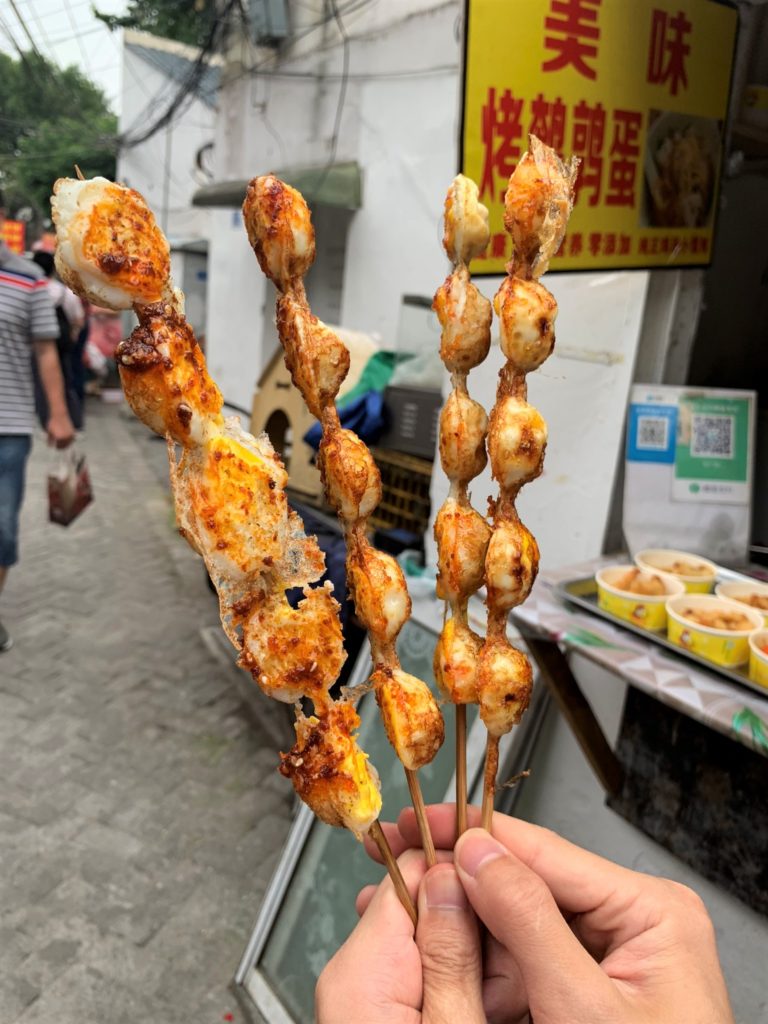
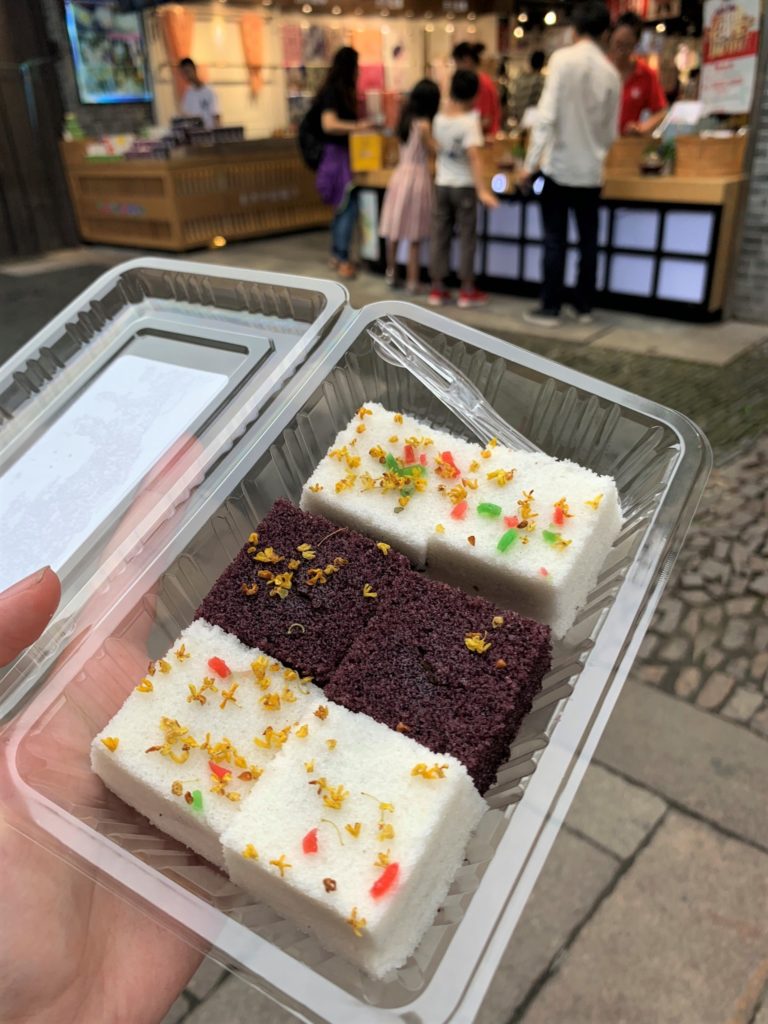
Putting multiple food items on a stick seems to be a recurring theme in any part of the world. And to my fellow sweet-toothers, Suzhou cuisine is known to be on the sweet side. The Osmanthus flower (桂花) makes its appearance again now in the form of cake and I love it.
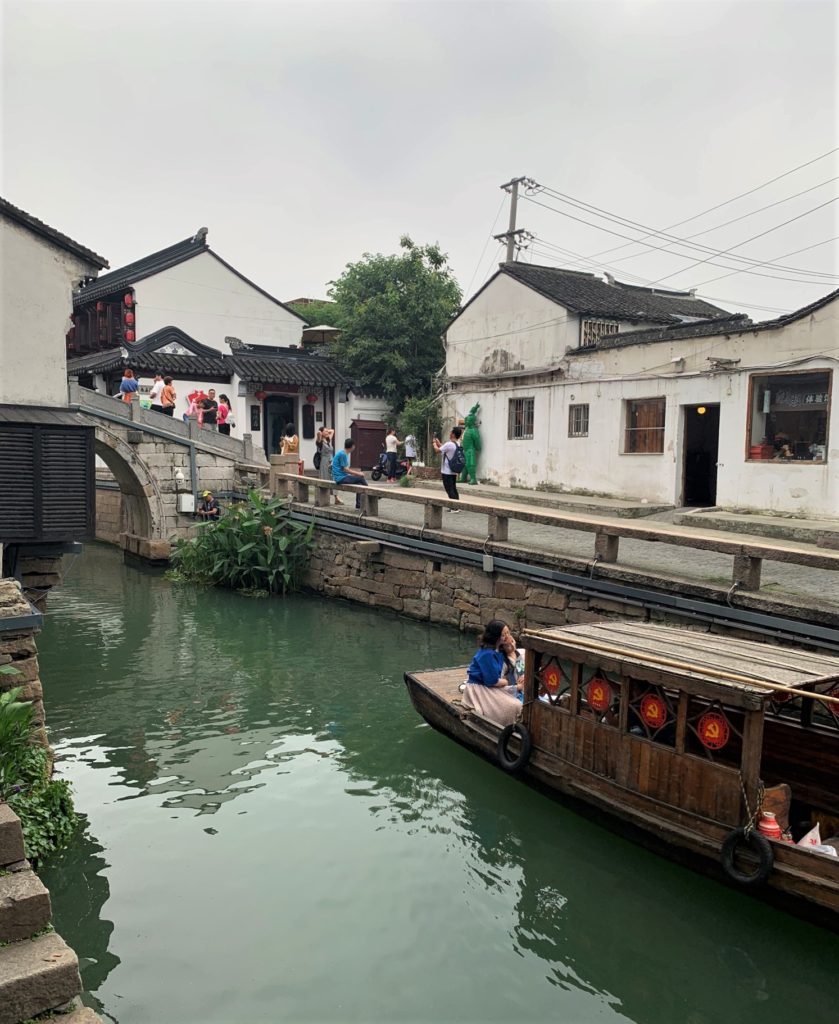
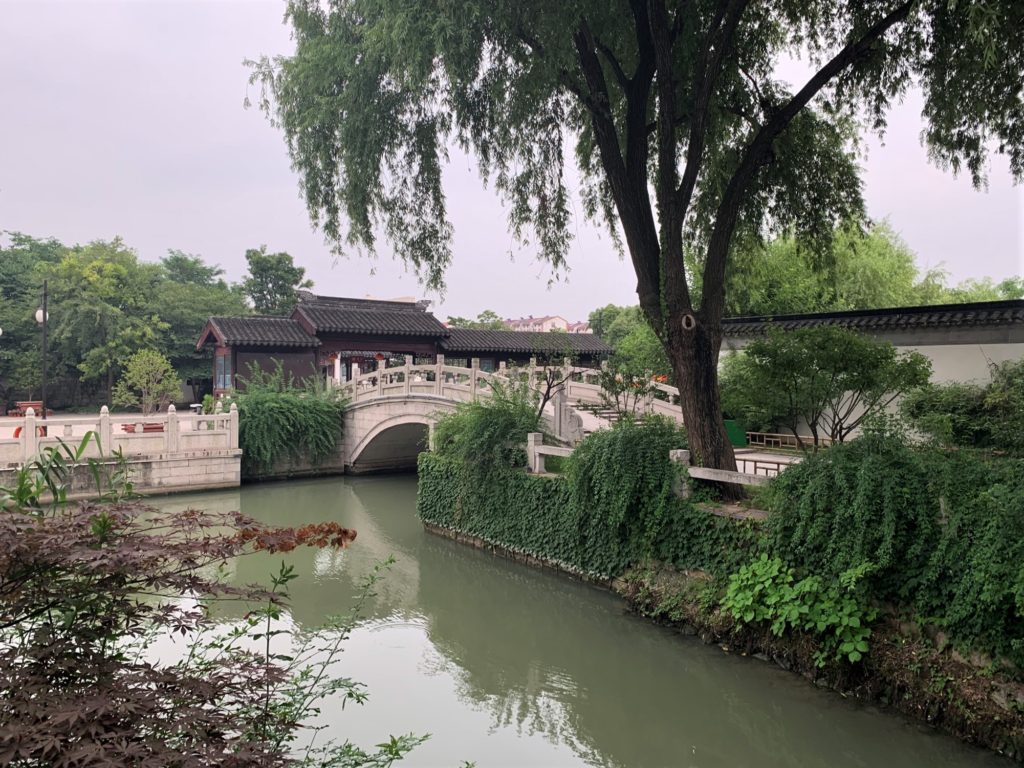
We walked aimlessly around the old town and came across more canals and bridges. Some of these houses are actual residences. Bless those people.
PSA to foreign visitors to China: check that the accommodation you booked accepts foreigners. Most hostels that have “international” in their name should be safe, and so are larger chain hotels. But then again, there was once when I booked an international youth hostel, and they called me literally two minutes later to inform that they do not accept non-citizens (does anyone understand the term irony). Anyway, something similar happened on this night. We were physically checking in to our hotel, when the owner realized that two of us were foreigners and very nicely told us to scram.
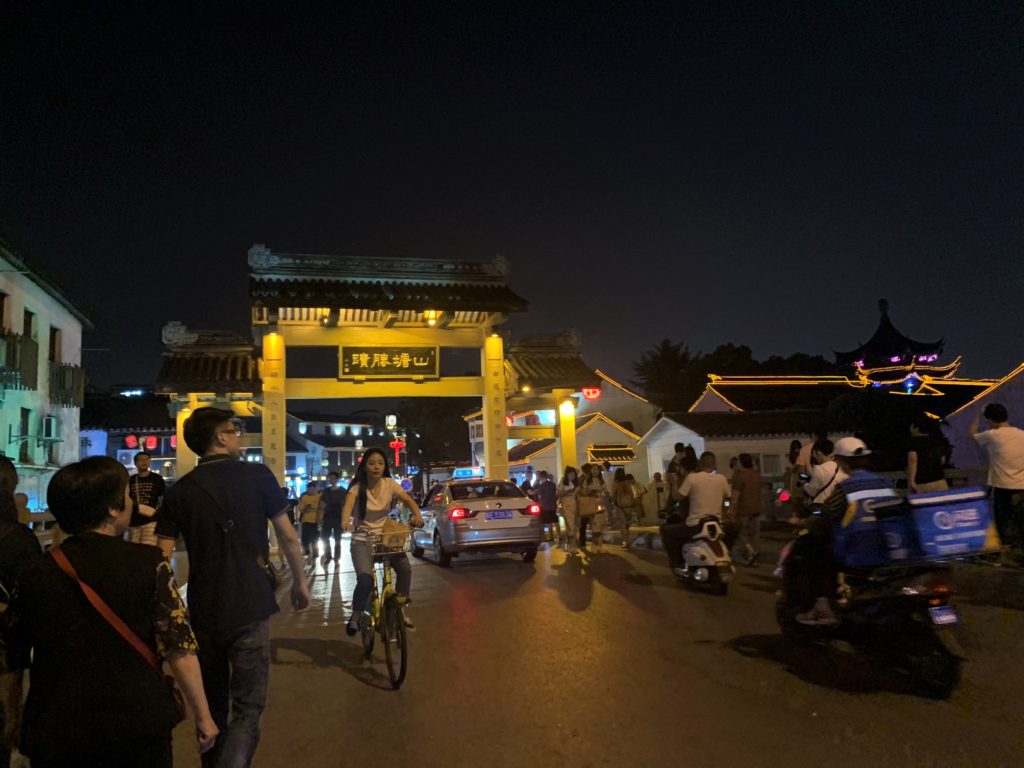
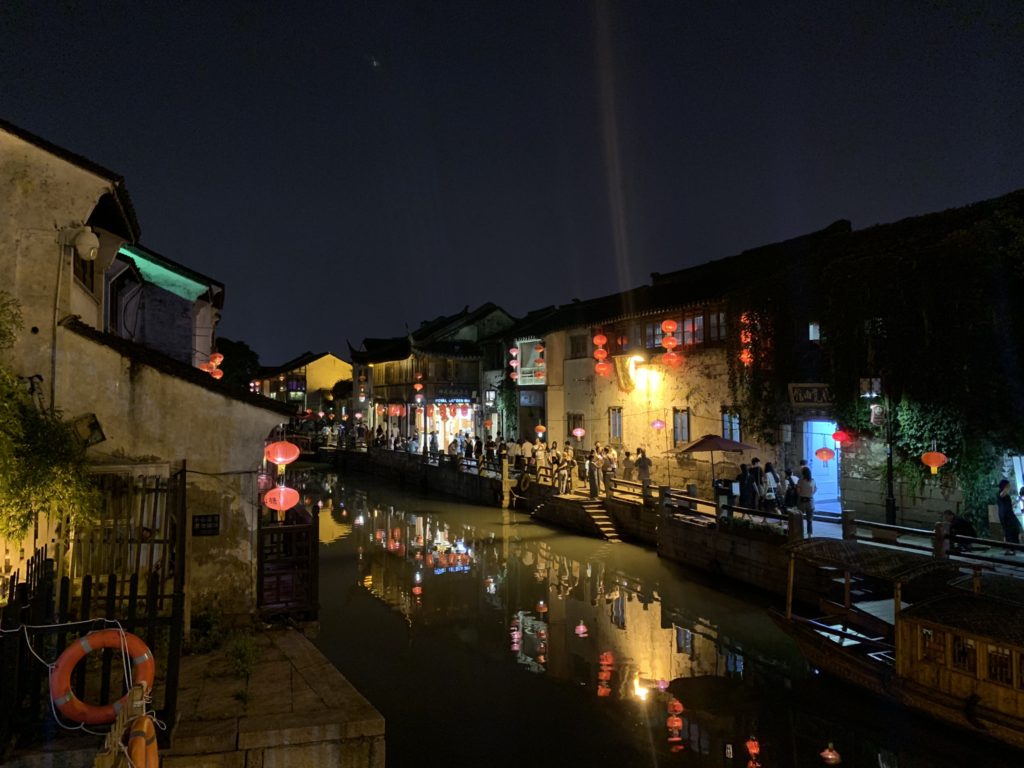
I don’t exactly know why. But having just dealt with more bureaucracy that morning, it’s easier to just accept and move on. I need my sanity for more important things. So the three of us were left out on the streets of Suzhou in the dark, searching for hotels on our phones.
After successfully checking in to another hotel, we took the metro to Shantang Street (山塘街). Similar to Pingjiang Road but more famous, Shantang Street is bustling with people and food. Foodies should definitely visit. There were also some very funny souvenirs, which had deliberately nonsensical English translations of Chinese printed on them. That’s how you turn self-awareness into a revenue source.
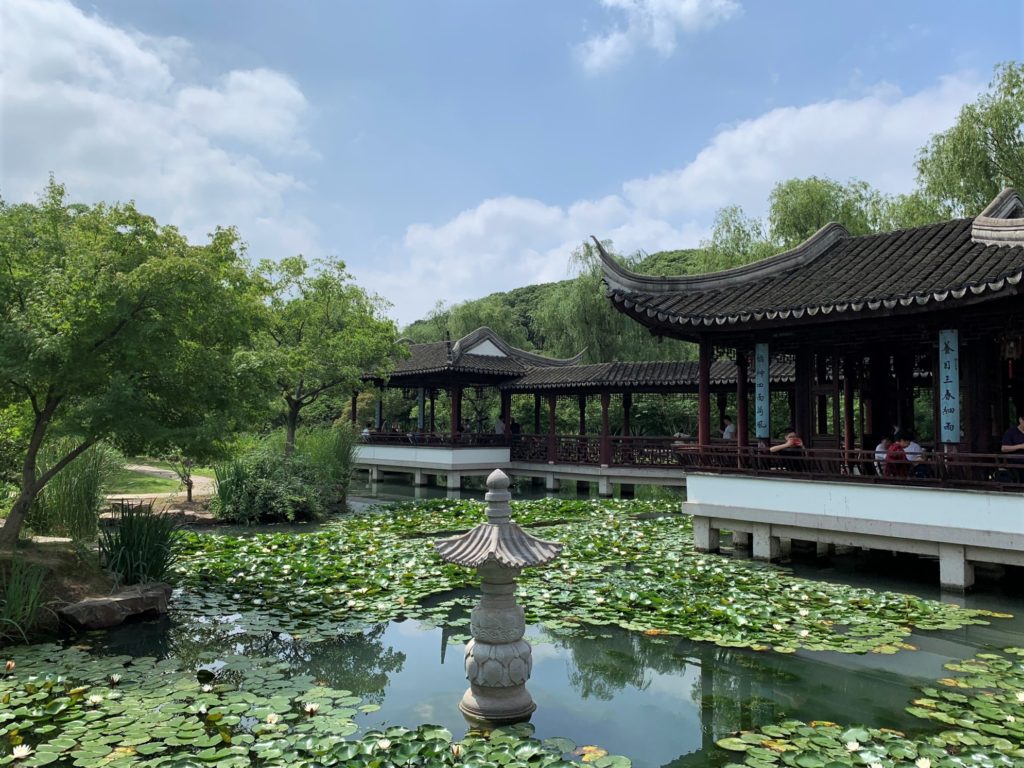

If the new day was anything like the previous, I swear I was going to fly back home from Suzhou. First stop was Tiger Hill (虎丘). Entry is RMB30 for students and you can easily spend half a day here. Tiger Hill is a huge scenic area with many historical spots which may or may not be mythical.
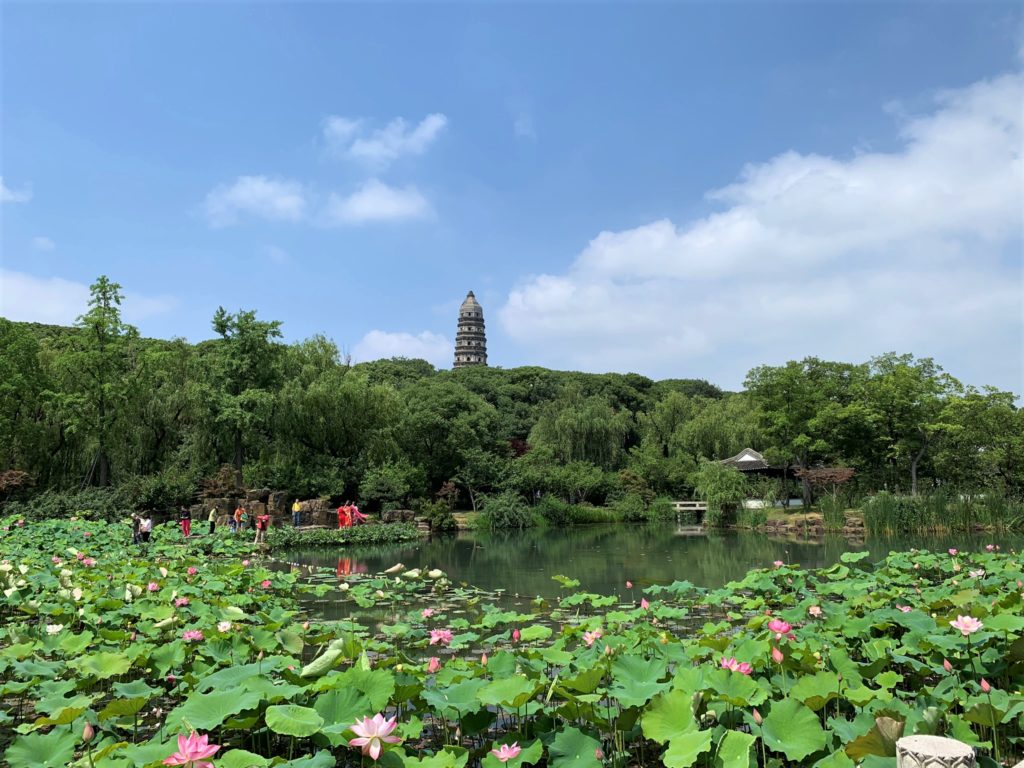
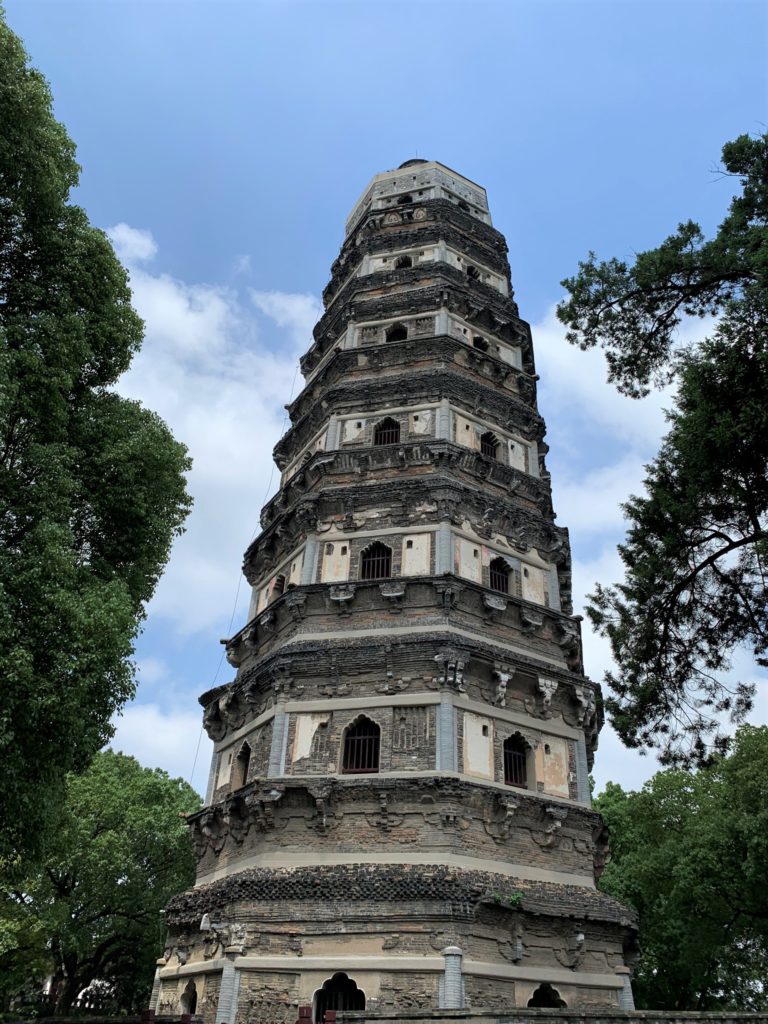
From the entrance, you can see Tiger Hill Pagoda perched on top of a hill. Upon closer inspection, the pagoda is indeed slanted, though not on purpose, and is known as the Leaning Tower of China.
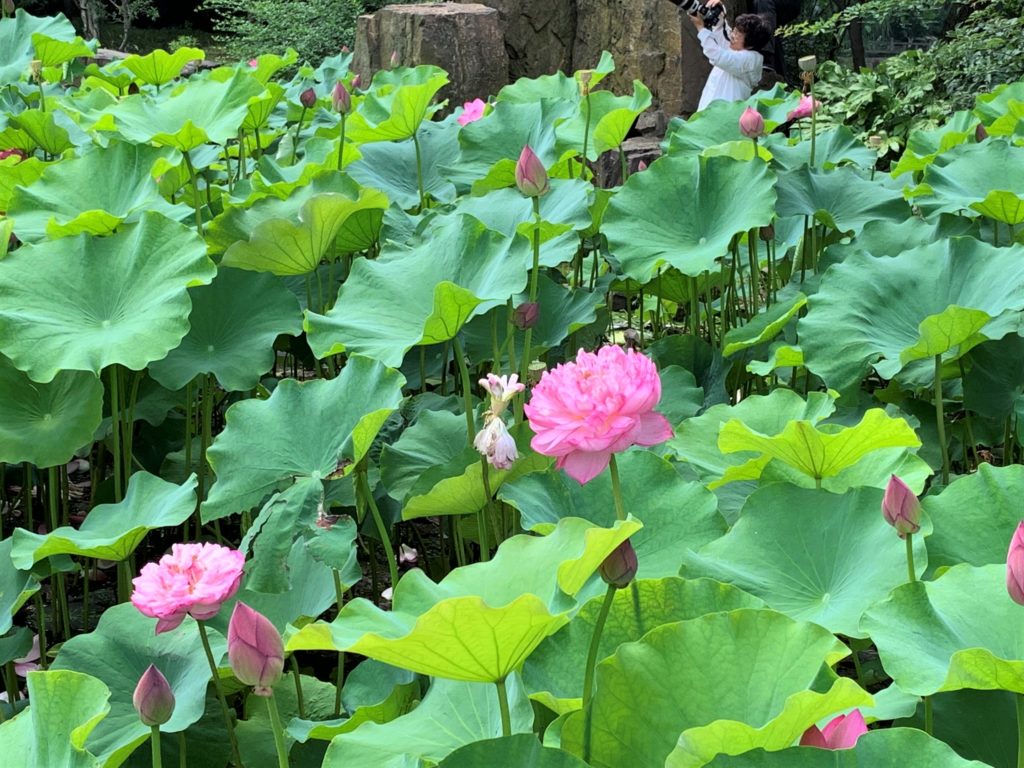
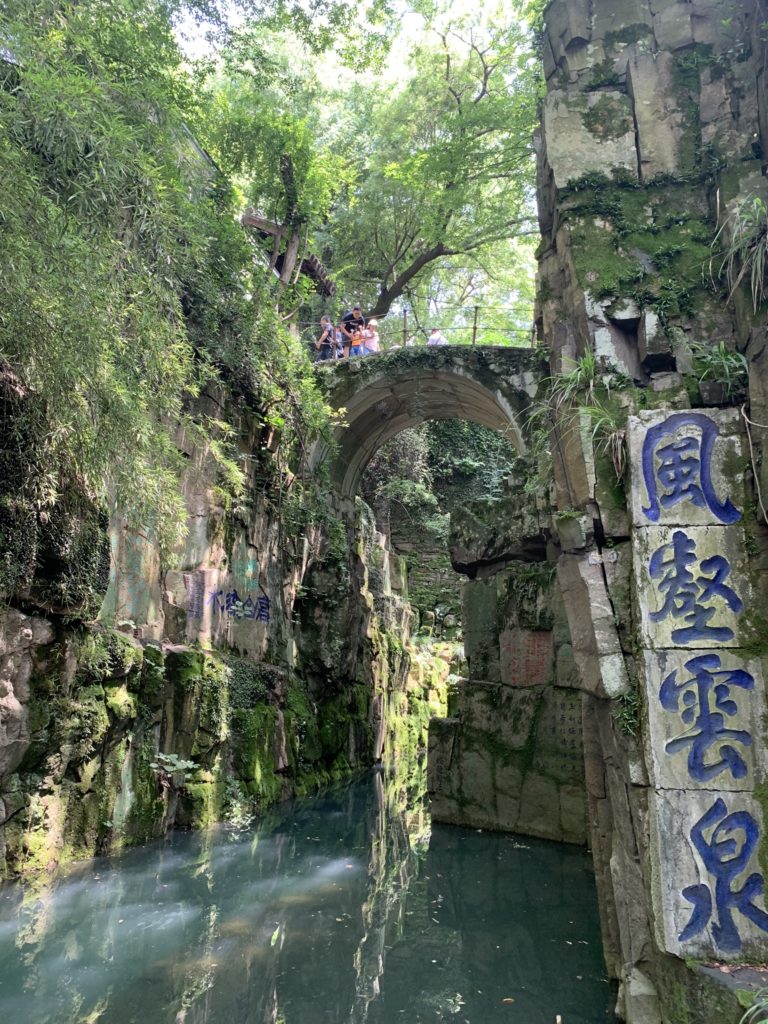
Legend has it that King He Lu buried thousands of swords in a pond that is now aptly called Sword Pond (剑池). There will be many, many people taking photos of it and unless you have done your readings, you would have no idea of its significance (seems to be a recurring theme). So you’re welcome. There are many other famous spots, but their pictures without context would be mundane, i.e., a well, a stone.
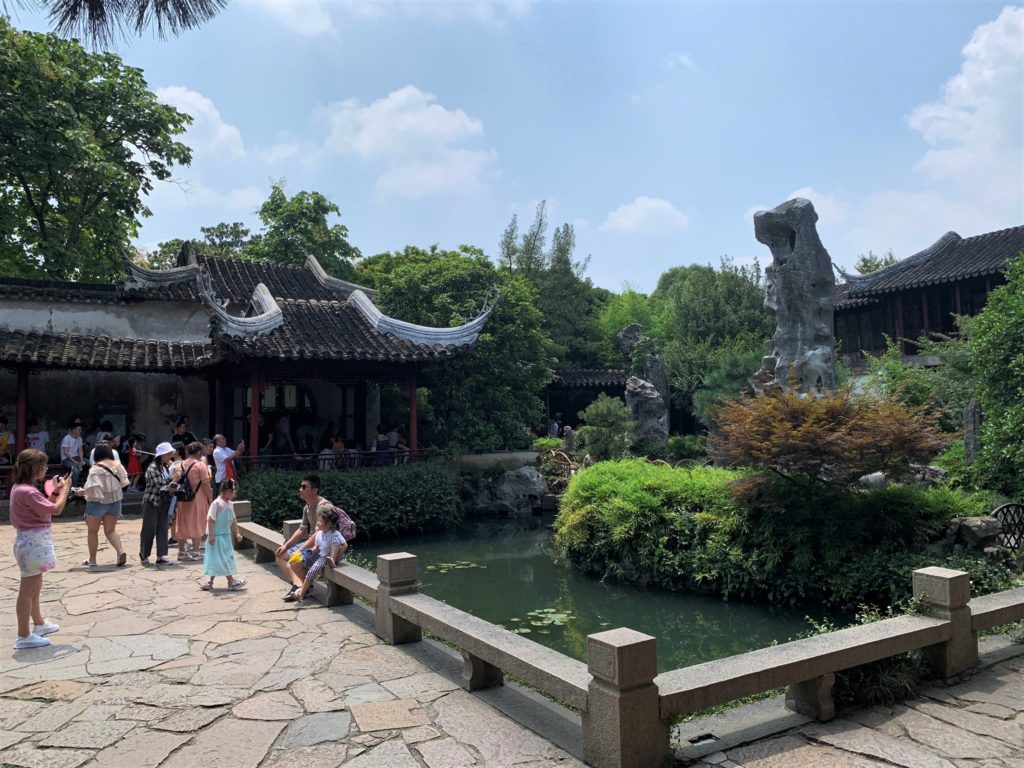
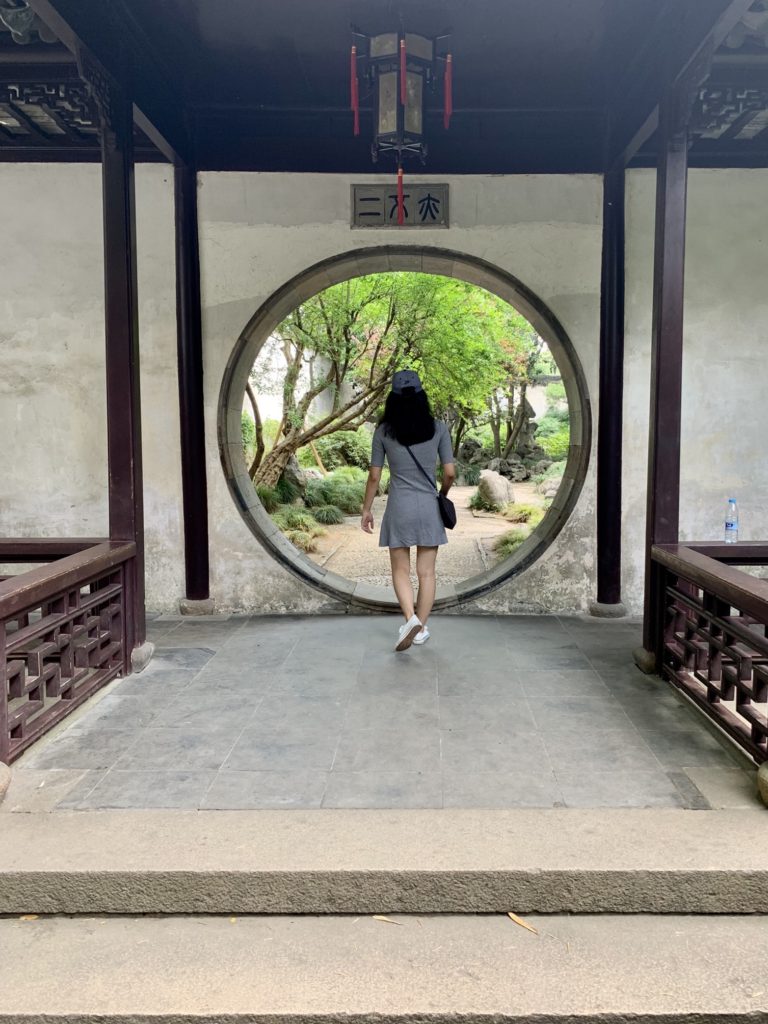
If you are a poor student, Lingering Garden (留园) offers similar (or same, depending on how politically correct I want to be) views to the Humble Administrator’s Garden and it costs only RMB22.50. Both are UNESCO sites and have histories I cannot summarise meaningfully.
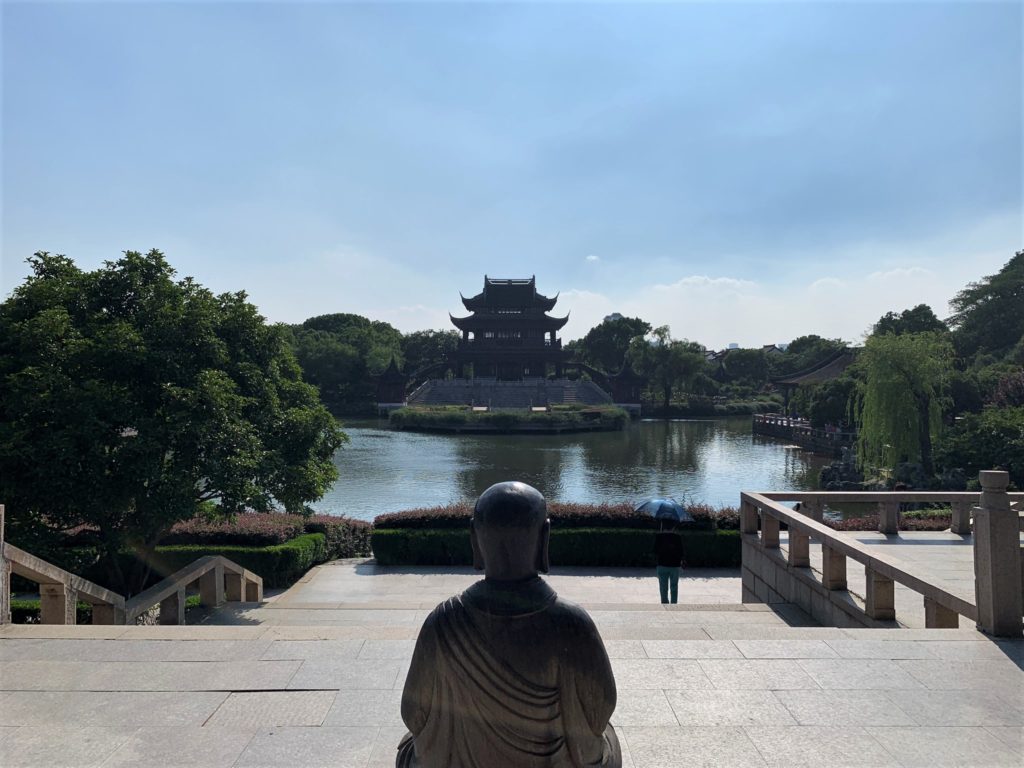
Finally, we reached our last attraction on a trip that was doomed from the start. Pan Gate (盘门) sits on the main canal that surrounds old Suzhou. Entry costs RMB20 for students and the scenic area was remarkably empty.
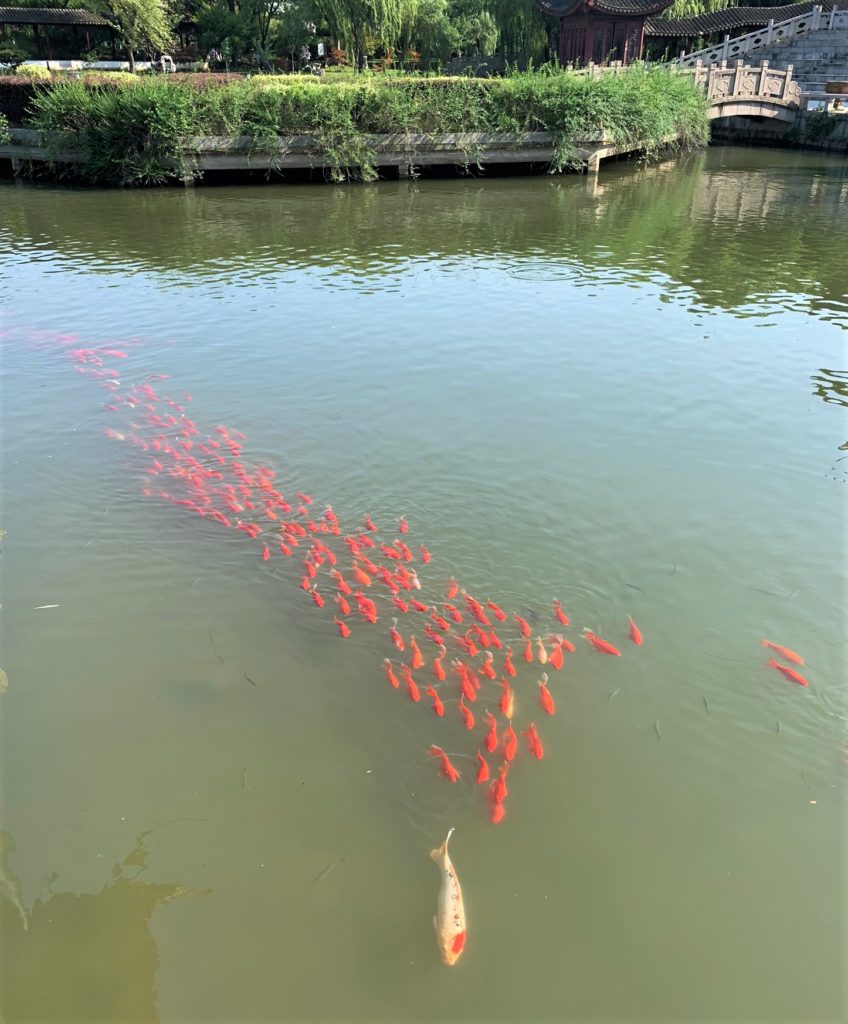
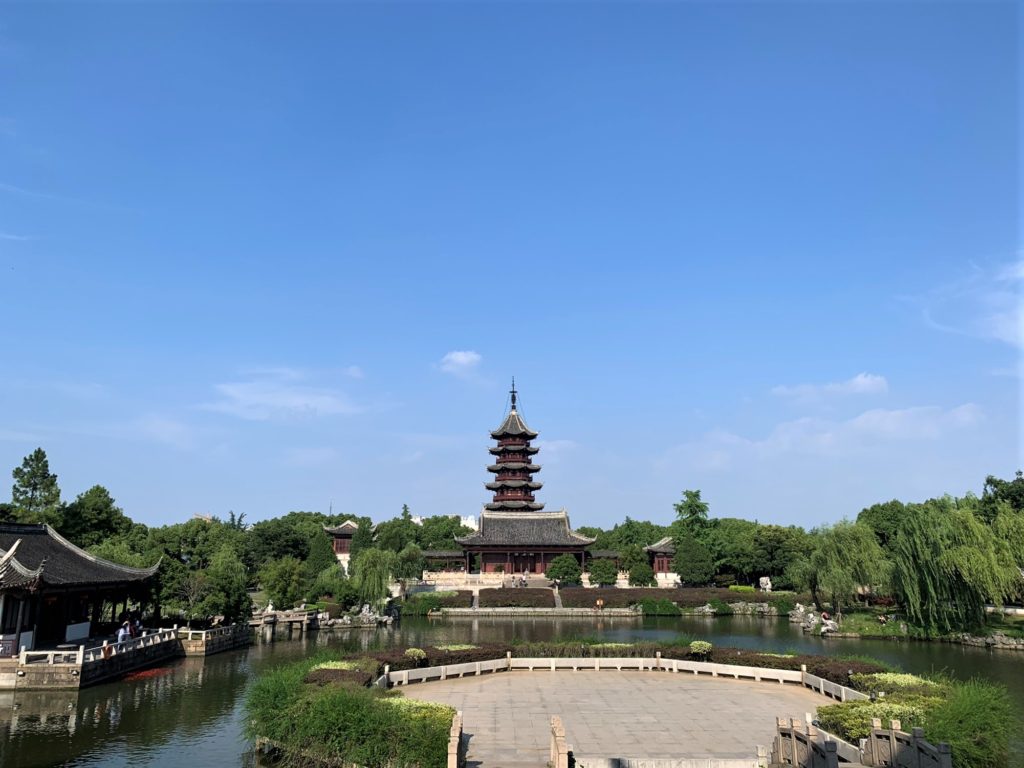
Pan Gate is 2500 years old and is part of the ancient city wall of Suzhou. As with the Nanjing city wall, you can also walk on top of these walls.
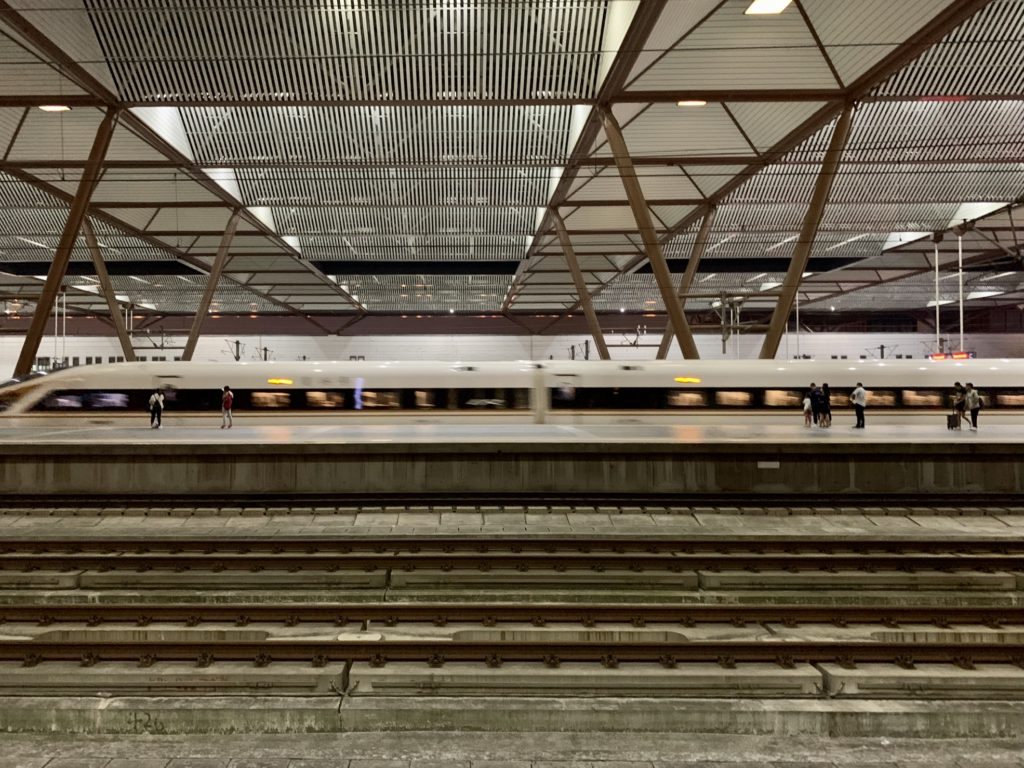
And that is the end of the Suzhou entry. Don’t take my passive aggressive commentary seriously and go and check it out for yourself. Stay tuned for the next post to find out how I commemorated my 21st by myself.

Hi! I am Joey, a University student from Singapore, attempting to show my appreciation for the world’s most powerful passport by literally milking its visa-free benefits one country at a time. I describe my travel budget as shoestring and travel style as audacious.

Slide into my comments section...